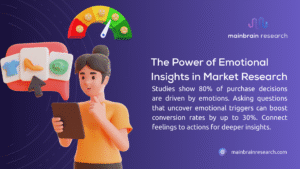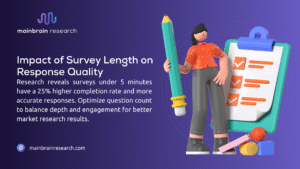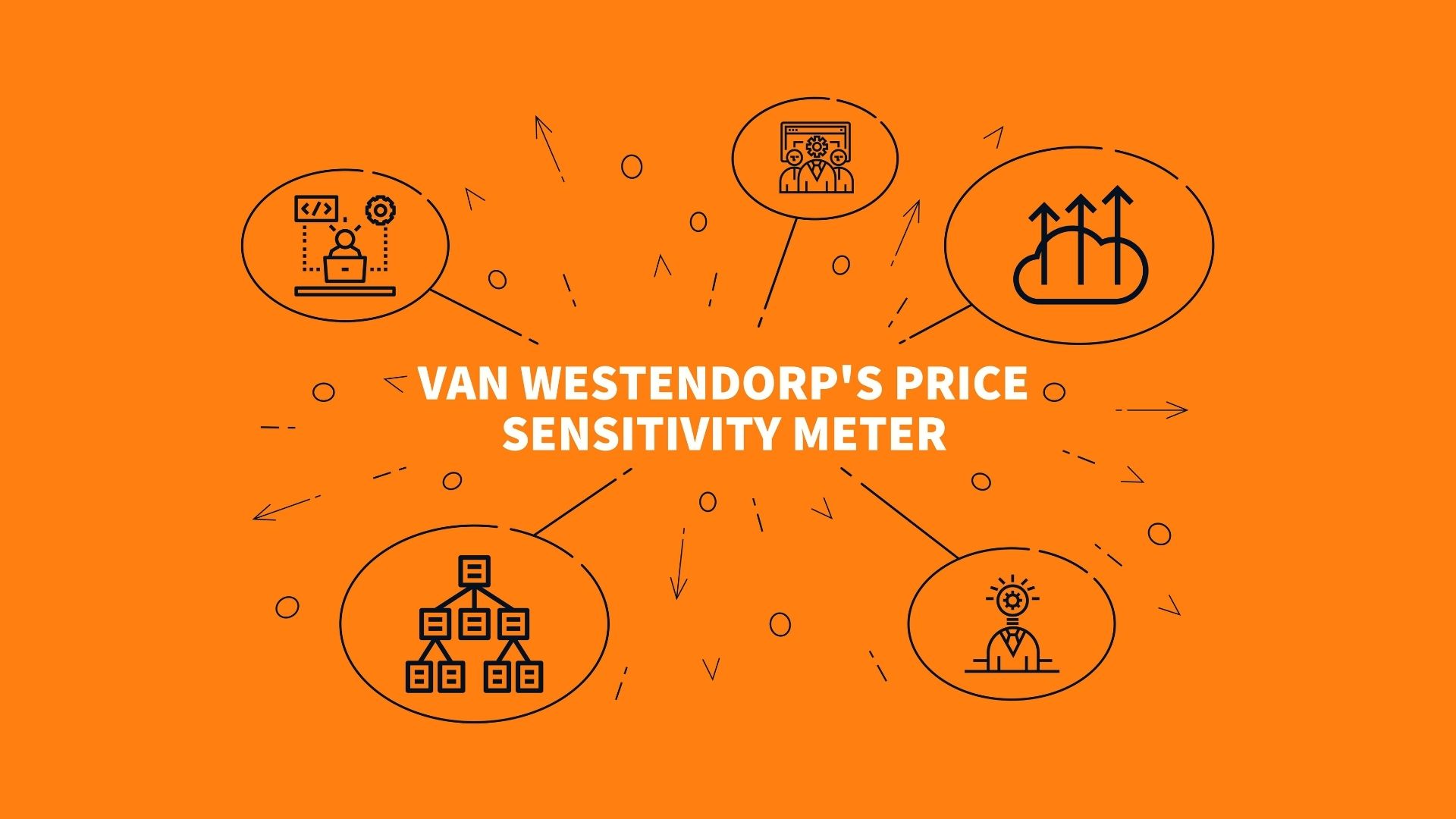Sitting down to write survey questions or prep for customer interviews can be intimidating. What should you ask? How do you phrase things? Will people even give you honest answers?
Market research questions aren’t just data collection tools. It’s detective work. The right questions unlock what customers really think, what problems keep them up at night, and how your business fits into their world.
Too many companies burn through research budgets, asking the wrong things. They end up with spreadsheets full of useless information because their questions were off-target from the start.
Why Getting Your Market Research Questions Right Changes Everything
Most business owners treat market research like eating vegetables – something they should do but don’t particularly enjoy.
Good market research questions can completely change your business trajectory. They reveal market opportunities hiding in plain sight. They show you product gaps you never noticed. Sometimes they save you from expensive mistakes before you make them.
Take Airbnb’s early days. The founders didn’t ask people, “Do you like our website?” Instead, they dug into travel frustrations, accommodation headaches, and trust issues with strangers. Those specific questions shaped their entire approach to hospitality.
Breaking Down Different Types of Market Research Questions
Questions aren’t all the same, and knowing which type to use makes a huge difference in what you learn.
Open-ended questions let people say whatever’s on their mind. Ask “What bugs you about online shopping?” and you might discover problems you never thought about. The downside is that these responses take forever to analyze, especially with large surveys.
Closed-ended questions give you neat, tidy data that’s easy to work with. “Rate our service from 1 to 10” gives you numbers you can track over time. But you miss the nuance of why someone feels that way.
Demographic questions help you figure out who you’re talking to. Most researchers mess this up by asking age, income, and location right at the start. That feels intrusive. Smart researchers sprinkle these throughout or save them for the end.
Behavioral questions focus on what people actually do, not what they claim they do. There’s usually a gap between the two, and behavioral questions help you spot it.
Writing Questions That Get You Somewhere
The trick is being specific enough to get useful answers while staying open enough to learn unexpected things. It’s harder than it sounds.
Start with what you want to learn, but don’t get locked into tunnel vision. When you’re exploring different market research methods, your questions should match your approach while leaving room for surprises.
Leading questions kill good research faster than anything else. “How much do you love our new product?” assumes love exists in the first place. Try “Tell me about your experience with our new product” instead. Much better.
Double-barreled questions are another killer. “How satisfied are you with our product quality and customer service?” forces people to average out two completely different experiences. Split those up for cleaner data.
Essential Market Research Questions for Different Situations
Getting to Know Your Market
Demographics alone won’t tell you much. Age and income are fine, but they don’t explain behavior. You need to dig into motivations and decision-making patterns.
Instead of “What’s your age?” try “What life stage are you in, and how does that affect what you buy?” Context matters way more than raw numbers.
Psychographic questions reveal values and attitudes that drive purchases. “What’s most important when you’re choosing between similar products?” often tells you more than ten demographic questions.
Product Development Questions
Focus on problems, not features. When customers say they want a faster horse, they really want better transportation. Big difference.
“Walk me through the last time you tried to solve [specific problem]” shows you the whole customer journey. You’ll spot pain points that direct feature questions are completely missing.
Understanding Your Competition
Don’t ask about competitors directly – people give boring, generic answers. Use scenarios instead.
“Imagine choosing between three solutions for [problem]. What would matter most in your decision?” This reveals competitive advantages without making people defensive.
Market Research Questions Comparison Table
| Question Type | Works Best For | Example | Good Points | Watch Out For |
| Open-ended | Finding new insights | “What’s your biggest challenge with current solutions?” | Rich, detailed answers | Hard to analyze at scale |
| Closed-ended | Measuring things | “Rate satisfaction: 1-5” | Easy to track and analyze | Limited response options |
| Behavioral | Real actions | “How often do you use this?” | Shows actual behavior | People forget details |
| Hypothetical | Testing new ideas | “Would you buy this if it existed?” | Safe way to test concepts | May not predict real behavior |
Pricing Questions
Asking about price directly usually yields inaccurate data. Everyone says they want to pay less, but that doesn’t mean they will.
Focus on value instead. “What would this be worth if it saved you two hours weekly?” helps you understand price anchors that matter.
Van Westendorp’s approach uses four questions to map price sensitivity: “At what price would this be so expensive you wouldn’t consider it?” and similar variations. Much more reliable than “What would you pay?”
Advanced Question Techniques That Pros Use
Laddering Down to Core Motivations
Keep asking “why” in different ways until you hit bedrock. Does someone prefer organic food? Ask what’s important about choosing organic. Then ask why that matters. Keep going until you reach fundamental values.
This reveals the emotional drivers behind logical explanations. Pure marketing gold.
Projective Techniques
Sometimes direct questions feel too personal. Projective techniques give people cover to be honest.
“What would your best friend say about this product?” often gets more truthful responses than “What do you think about this product?”
Brand personality exercises work great, too. “If this brand were a person, describe them” reveals brand perceptions that standard questions miss completely.
Survey Design That Actually Works
Question order matters more than most people realize. Start with easy, interesting questions to build momentum. Save sensitive stuff for the middle when people are invested but not burned out yet.
People tend to pick the first and last options in multiple-choice questions more often. Randomize your answer choices or use rating scales to avoid this bias.
Survey length is tricky. Primary market research sometimes needs longer surveys, but every single question must earn its spot by supporting your research goals.
Keep your rating scales consistent. Mixing 5-point and 7-point scales in the same survey confuses people. Pick one format and stick with it.
Mistakes That Wreck Your Market Research Questions
Loading assumptions into questions kills honest answers before you get them. “How do you typically use our advanced features?” assumes people use advanced features at all. Start with “Which features do you use?” and build from there.
Industry jargon creates walls between you and real insights. What seems obvious to you might be confusing to customers. Test your questions on people outside your industry first.
Response fatigue hits long before people quit your survey. Watch for straight-line responses (all 5’s or all 3’s) or random patterns. Your survey might be too long or poorly designed.
The Recency Problem
People remember recent stuff much better than older experiences. When asking about yearly behavior, be specific about timeframes. “In the past 12 months” beats “typically” or “usually” every time.
Turning Responses Into Action
Raw survey data is just expensive noise until you analyze it properly. The real value comes when you transform responses into business insights.
Cross-tabulation reveals patterns that overall averages hide completely. Your product might average 7/10 satisfaction, but enterprise customers might rate it 9/10, while small businesses give it 5/10. That changes your entire strategy.
When you’re learning how to do market research effectively, remember that analysis isn’t about confirming what you expected. The best insights usually come from surprising patterns or contradictions.
Statistical significance matters for big decisions. A 2% preference difference might mean nothing with a small sample, but could represent millions in revenue with proper validation.
Industry-Specific Approaches to Market Research Questions
Different industries need different question strategies. B2B software research looks nothing like consumer goods research.
Tech and SaaS companies need to balance feature questions with outcome questions. Users might not know they need a specific feature, but they definitely know if the software helps them work faster.
Retail businesses should explore shopping behaviors, decision triggers, and how different touchpoints influence purchases. “What made you buy today instead of waiting?” reveals the urgency factors that drive promotional strategies.
Service businesses need questions that capture the emotional side of service delivery. Technical skills are usually assumed – what separates service providers is how customers feel during and after interactions.
Modern Considerations for Market Research Questions
Online survey fatigue is changing how people respond to research. Shorter, mobile-friendly surveys with engaging formats work better than old-school long questionnaires.
Social media opened up new ways to ask questions organically through polls, stories, and community posts. These informal methods supplement formal surveys with real-time insights.
Privacy concerns affect how people answer certain questions. Build trust by explaining how you’ll use information and offering anonymity when appropriate. Being transparent about data use actually improves response quality.
AI-powered analysis tools mean you can handle more open-ended questions without drowning in manual work. This shift allows richer qualitative insights at scale.
Getting More Value from Your Market Research Questions
Single-use research wastes money. Design questions that serve multiple purposes when possible. A good satisfaction question can inform customer service training, product development, and marketing messaging all at once.
Benchmark questions help you track progress and compare against industry standards. “Compared to similar products you’ve used, how would you rate this?” provides competitive context that basic satisfaction scores miss.
Follow-up questions maximize every response. If someone shows dissatisfaction, ask “What would need to change for you to feel differently?” That transforms a complaint into an improvement roadmap.
Connecting Market Research Questions to Business Strategy
Research shouldn’t exist in a vacuum. The most effective market research questions directly support strategic decisions that leadership needs to make.
Understanding what market research actually is helps ensure your questions align with business goals instead of just satisfying curiosity.
Budget decisions, product planning, and market entry strategies all need specific types of questions. Frame your research around these decision points rather than gathering random information.
Getting stakeholder buy-in is easier when research questions address their specific concerns. Involve key decision-makers in question development so the results actually influence business decisions.
Improve Your Business with Strategic Market Research Questions
The gap between businesses that succeed and those that struggle often comes down to market understanding. But understanding requires asking the right questions the right way – and that’s where most companies stumble.
MainBrain Research has helped hundreds of businesses discover game-changing insights through expertly designed research questions and methodologies. The focus is creating research that drives decisions and delivers real business results.
Whether companies need help with their first market research study or want to upgrade their current approach, the MainBrain Research team brings the expertise and strategic thinking that turns questions into competitive advantages.
For More:



















